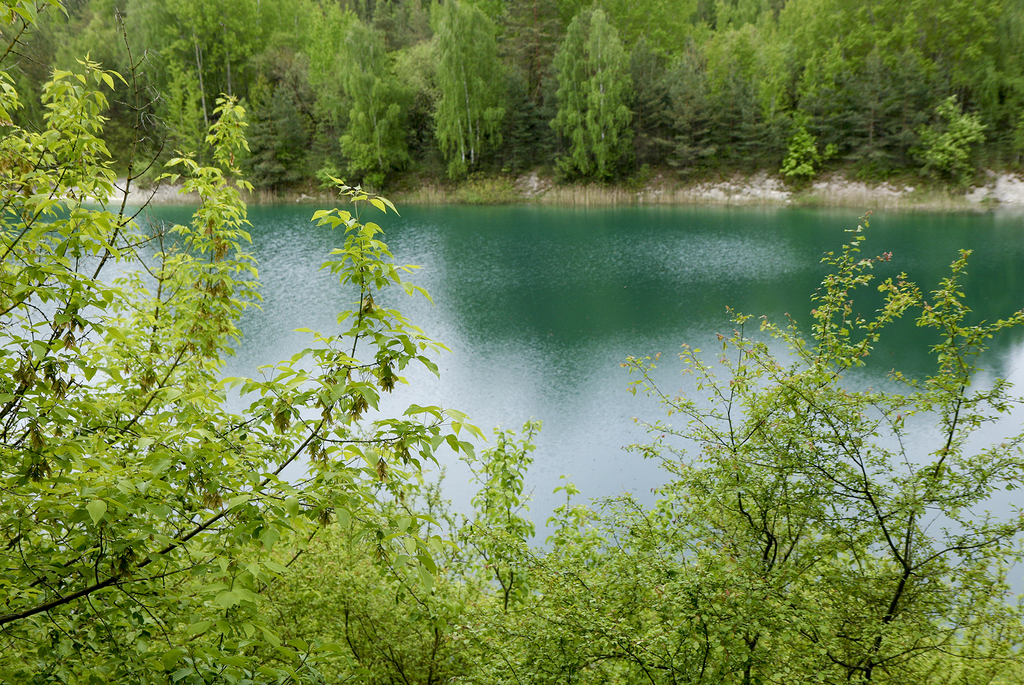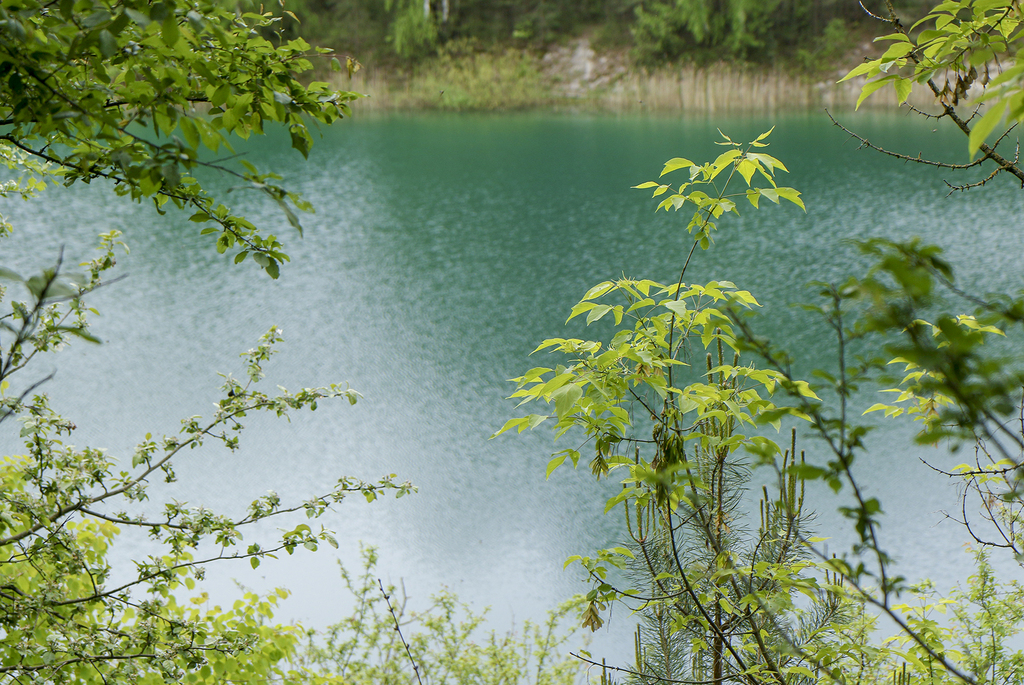Ancient mines and the craft of our ancestors
The Krasnoselsky flint mines are among the most significant archaeological sites in Eastern Europe. Their age is estimated at 4,000–5,000 years. Back then, flint was the basic “building material” of civilization – it was used to make knives, axes, spearheads, sickles, and scrapers. For the Neolithic man, this stone was as valuable as iron or oil is for us today.

Local flint had exceptional quality: thanks to chalk layers, it was preserved in a moist environment and, when struck, split into sharp, even plates instead of crumbling. That is why mining in Krasnoselsky continued for centuries. Generations of miners descended underground, sometimes to depths of up to seven meters, to extract stone and lift it to the surface in specially sewn bags.
Each mine had two vertical shafts connected by a horizontal passage. Here fires were lit, work was carried out, and, most likely, short breaks were taken – traces of soot and ash have survived to this day. When a mine was exhausted, it was filled with debris and a new one was opened nearby. Thanks to this natural “self-conservation,” many mines have remained almost perfectly preserved.

A discovery of the 20th century
The ancient mines were first discovered in the 1920s, when workers were extracting chalk for a cement plant. The find caught the attention of Polish archaeologists, who began systematic research. Many artifacts, however, were lost during World War II. A new phase of exploration began later, in Soviet times.
A true sensation came in 1962, when archaeologists unearthed the remains of an ancient miner who had died in a cave-in about 4,000 years ago. Based on the preserved skull, scientists reconstructed his appearance. Today, busts of this prehistoric Belarusian can be seen in the Grodno Museum of the History of Religion and in the Republican Museum of the History of Medicine in Minsk.

A site of global importance
To date, around 185 shafts are known within the Krasnoselsky archaeological complex. Scientists associate them with the Neman Neolithic culture, which existed roughly between 4500 and 1800 BCE. These are the only flint-mining shafts in Eastern Europe preserved in such excellent condition.
Research has shown that workshops for flint processing were located nearby. There, rough blocks were turned into finished tools – many of which have been found far beyond Belarus, in Lithuania and Poland. This indicates the existence of ancient trade routes and a high level of craftsmanship among our ancestors.

Tourism potential and preservation
Today, the mines are officially recognized as a historical and cultural heritage site of Belarus. All entrances are sealed, and the area is equipped with camera traps for safety and protection. For now, the underground tunnels remain closed to visitors, but archaeologists and tourism specialists hope that, in the future, at least one of the shafts will be opened for excursions.
Imagine descending several meters underground to the place where ancient fires once burned, seeing traces of the tools used to mine flint thousands of years ago, and feeling the breath of an era when humanity was only beginning to build its civilization. This site could become one of the most fascinating archaeological destinations in Europe – connecting past and present.

A legacy that inspires
The Krasnoselsky flint mines are more than just an archaeological monument. They are living history – a story of the skill and resilience of ancient people, of the first steps humanity took toward craft and technology.
While reinforced concrete slabs still guard the entrance to the underground world, scientists continue to study new finds, and tourists come to Krasnoselsky to see the place where the history of labor began – a history written in the sharp lines of flint.